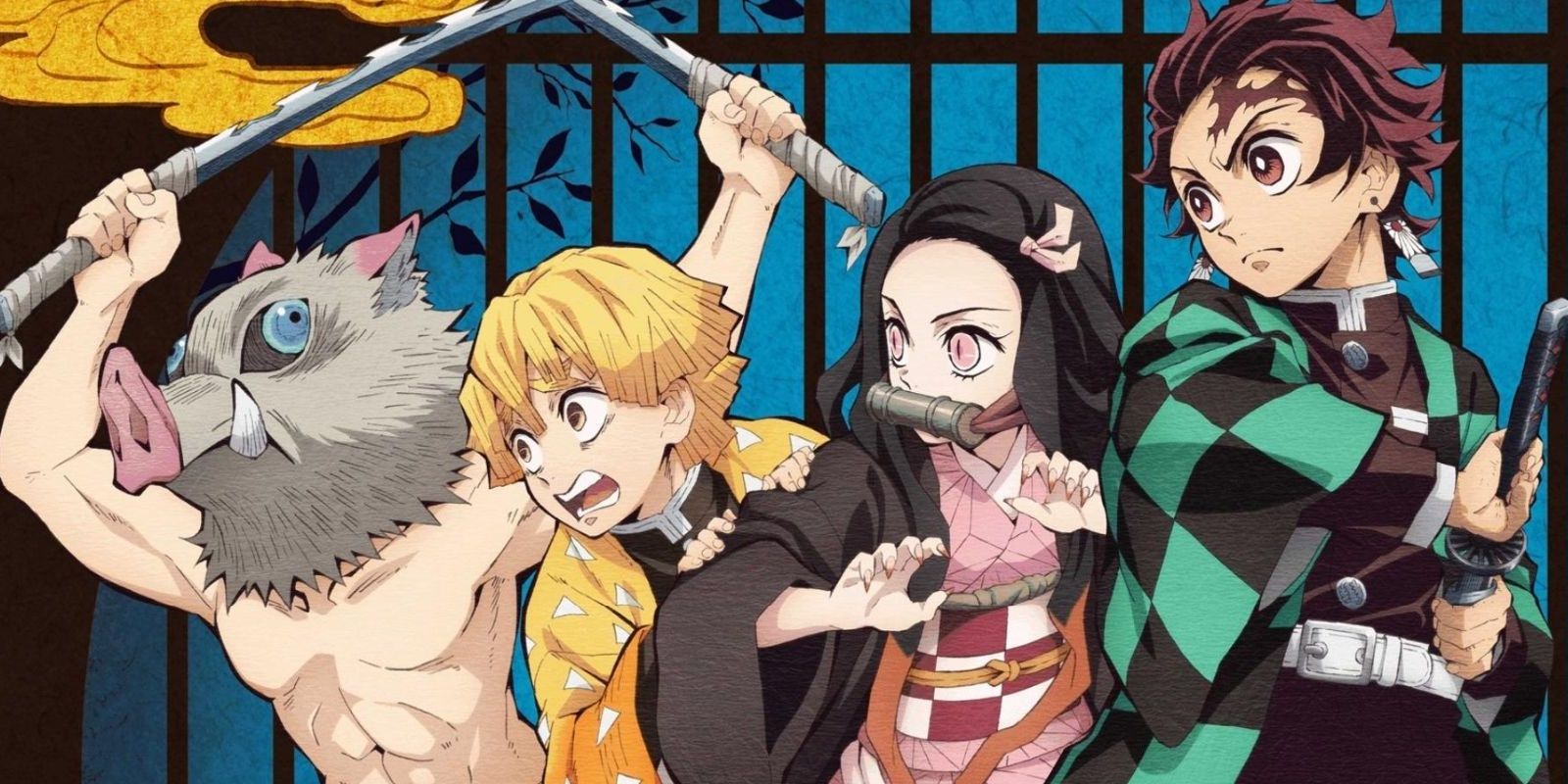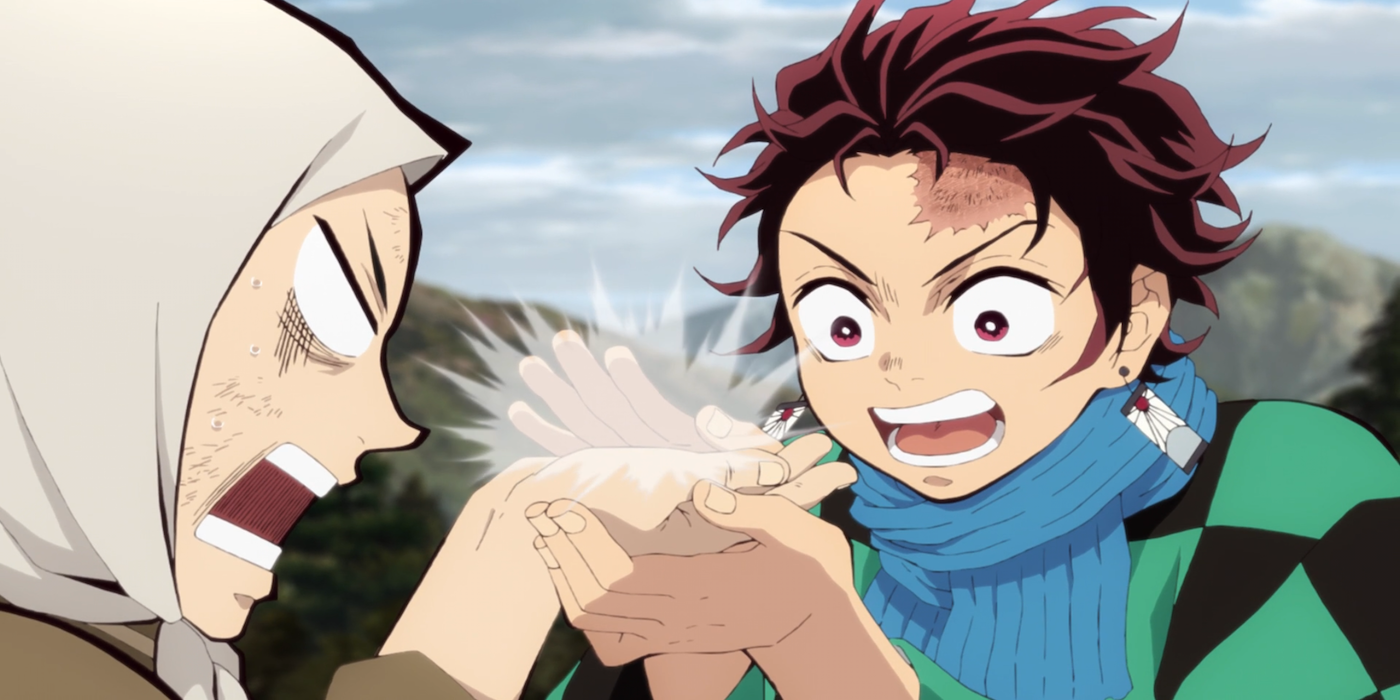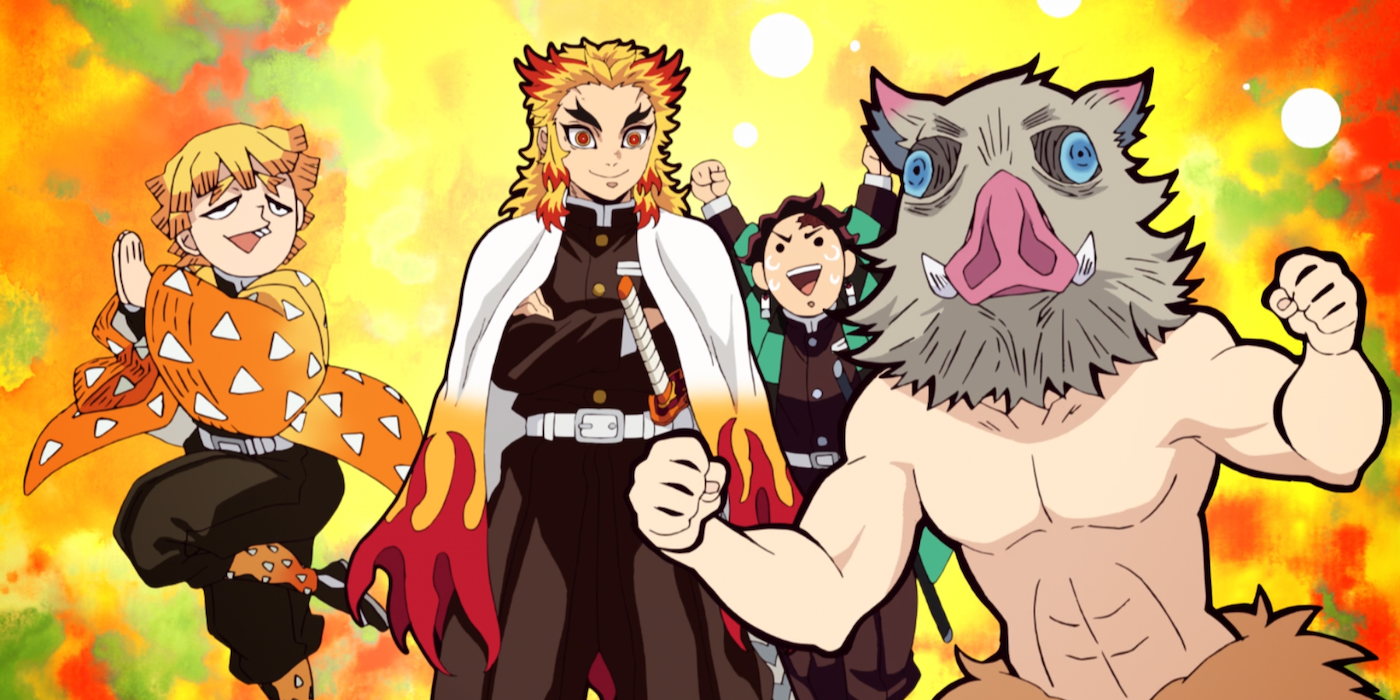One of the most common criticisms of Demon Slayer: Kimetsu no Yaiba is that the story is very simple. Tanjiro Kamado's family was slaughtered by demons and his only surviving sibling, Nezuko, has been turned into a demon whom he vows to transform back into a human. While it's fair to say that the plot of Demon Slayer is pretty straightforward, this is actually the series' greatest strength. Demon Slayer has never been overly interested in world-building, as the rules and stakes of the series were established early and remained unchanged for the entirety of the manga -- which concluded in May of 2020. Using the absence of extended exposition regarding shocking revelations and series-altering twists, Demon Slayer spends most of its time on the series' greatest asset, the characters.
Demon Slayer's endgame was established in the very first chapter of the manga when Giyu Tomioka told Tanjiro that his best chance at turning Nezuko back from a demon into a human was joining the Demon Slayer Corps. The next few chapters elaborated on the specifics of Total Concentration Breathing, Breathing Styles, and killing demons, but once the parameters of this new world were established, Demon Slayer never looked back. By doing all of the world-building early and quickly, the series freed itself up to spend the majority of its time developing the characters rather than the world around them.
The second chapter of the manga doesn't even reference the fact that demons exist for the first seven pages. Rather than rush to the early series world-building, the series sees Tanjiro stubbornly demand to pay for materials that he could have taken for free, coax Nezuko into a basket, then politely ask for directions. It's clear from the beginning that this story is about the characters more so than any external forces. Using multiple pages on a comical scene of Tanjiro forcefully paying straw for a basket when he could have just as easily assembled a basket off-page helps the audience value Tanjiro more than the journey he's on.
The simple premise of killing demons while searching for a cure is ripe for repetitiveness and Demon Slayer largely avoids getting stale thanks to its large pool of interesting, compelling characters. Once the series gathered its core cast, Tanjiro, Nezuko, Zenitsu, and Inosuke, it introduced the nine Hashira of the Demon Slayer Corps as the bulk of the series' supporting cast. To keep the gang's demon-killing missions fresh, the series wisely rotates in different Hashira to join the heroes on various missions. Even this technique should get old after a while, but the Hashira are fascinating characters who are dramatically different from one another. A new Hashira temporarily joining the group creates new character interactions to keep things lively and gives the audience a new character to invest in.
Demon Slayer wisely spends more time on who its characters are as opposed to what they can do. Even Kyojuro Rengoku, who spent a good deal of his time in the spotlight literally sleeping, has still become so beloved by fans that an anime-only Rengoku-centric episode was created in response to his popularity. Rengoku's dream flashback gave an insight as to what drove the Flame Hashira, and he got to spend time interacting with Tanjiro and the others before any fighting began so that a bond between the characters could form. Demon Slayer got audiences to care about Rengoku for who he was, rather than just rely on how cool his Flame-Breathing looked.
For such a dark premise, Demon Slayer is also surprisingly funny. Humor is a great tool to gain insight into a character, even if the character isn't funny. Laughter and jokes humanize a character just as well as, if not better than, a traumatic past or a long-held dream. If the audience cares about a character, they will care about what happens to them regardless of the story. If the audience is more invested in the plot, the characters become less valuable and anything that happens to them loses a lot of its intended impact. Demon Slayer does such an excellent job of getting its audience heavily invested in its characters so quickly that it almost doesn't matter if the series is a relatively simple one.



